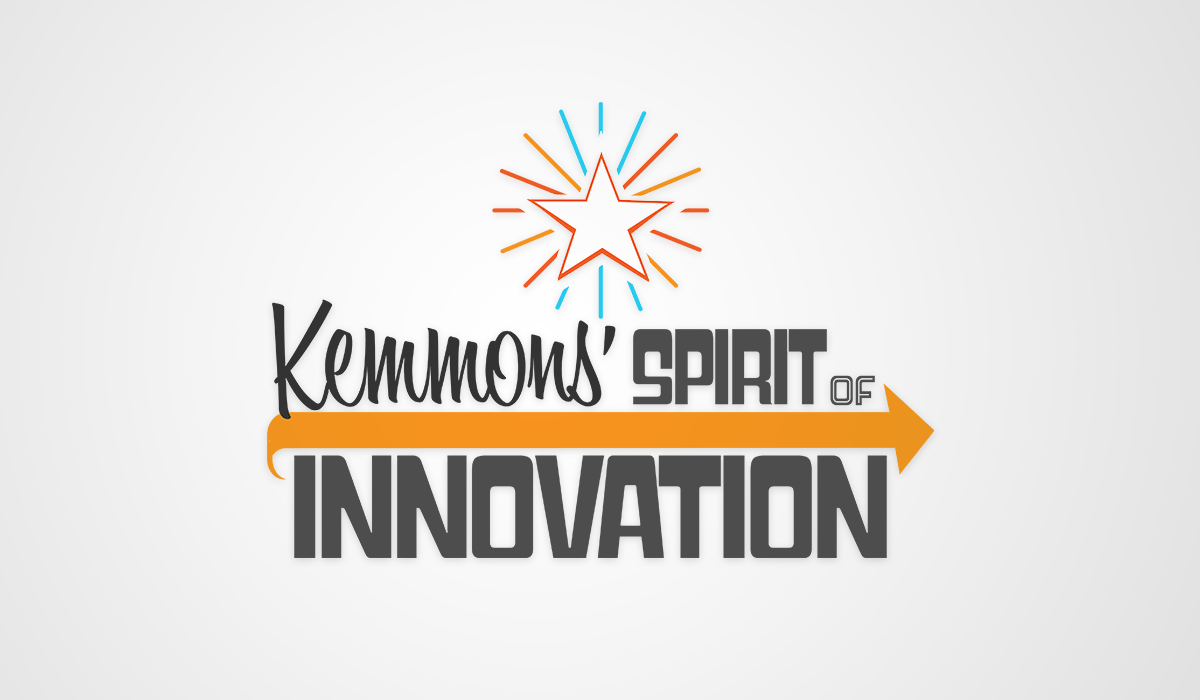In our recent Innovation Workshop, we discussed the process of developing and analyzing your idea for the Kemmons’ Spirit of Innovation Challenge. The Challenge looks for high impact ideas that will effect true change within our organization. Ideas can be submitted by any team member, at any level, within any role, at any location in the company. Your idea does not even need to relate to your role! With such a broad scope, team members might not know where to start – that’s exactly why this article was created!
Three Roles of Ideation
The three roles of ideation are used by organizations around the world in developing innovative, life-changing ideas. When working in small teams or by ourselves, it can be difficult to look at every single aspect of an idea, because we are all viewing the world through our own lenses. The three roles allow you to step in to three different perspectives and gain a very holistic view of your idea.
The Artist begins with an abstract idea. In this phase of ideation, you are only looking to answer “what could our next big idea or solution be?” Many refer to this role as the “blue sky” where anything is possible. If you haven’t had your lightbulb moment yet, we suggest looking in these different areas for inspiration:
- Identify a goal from the Growth Roadmap as your objective. Those goals are to Grow Resorts, Grow Members, Grow Guest Love, and Grow Our People.
- Consider your area of expertise, your experience working with other teams, any challenges you’ve faced, things you’ve always wished we offered our teams or guests, or even your own ClubGo experiences!
- Look for inspiration in the world around you! Grab an object from your desk or workspace that could inspire your idea.
When inspiration strikes, start at the basics without worrying about what is feels most practical. Try coming up with multiple ideas to move into the next phase.
The Architect takes the artist’s vision and draws up a plan. They see what is practical, achievable, and physically possible. You could almost say the architect is on a fact-finding mission. The architect is answering “How will the idea be brought to life?” The architect should find answers to the following questions:
- How feasible is the idea?
- What are the key steps in bringing the idea to life?
- What is a practical timeline for execution?
Some ideas do not make it beyond the architect and that’s okay! It’s important to recognize that some things won’t work at this phase before pushing it further down the ideation pipeline and forcing something that doesn’t work. You might need to repeat the artist to architect roles in a cycle multiple times.
The Analyst takes a critical point of view. They evaluate the idea by asking the hard questions and challenging the idea. The job of the analyst is, in this situation with the Kemmons’ Spirit of Innovation Challenge, to decide if this is the right idea for the challenge. You might even want to put yourself in the shoes of the judges who are evaluating your idea for the challenge. We recommend analyzing your idea using the judging criteria:
- This idea supports all our organizational goals and/or strategies.
- The idea is not in conflict with an existing policy or procedure.
- This idea is high impact to the organization and will affect change throughout the network.
- This idea is relatively simple to implement successfully.
- This idea is relatively low cost to implement.
- This idea is a new concept that is not already available in one form or another.
In your ideation process, you will likely cycle through these roles multiple times, jump back and forth, or never move beyond the first role – that’s okay! If you encounter any issues or roadblocks, you are always welcome to reach out to KSpiritofInnovationChallenge@holidayinnclub.com.


